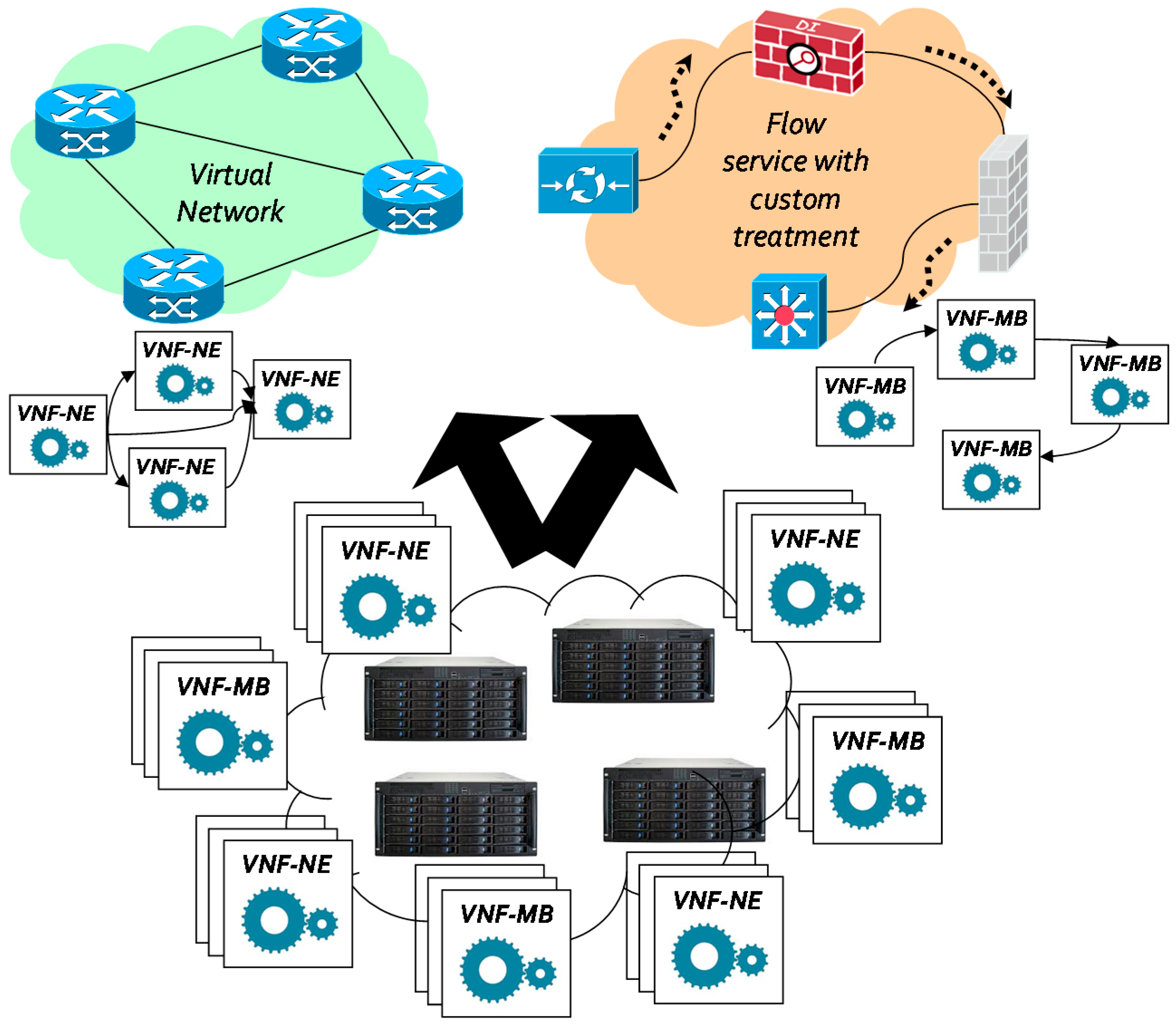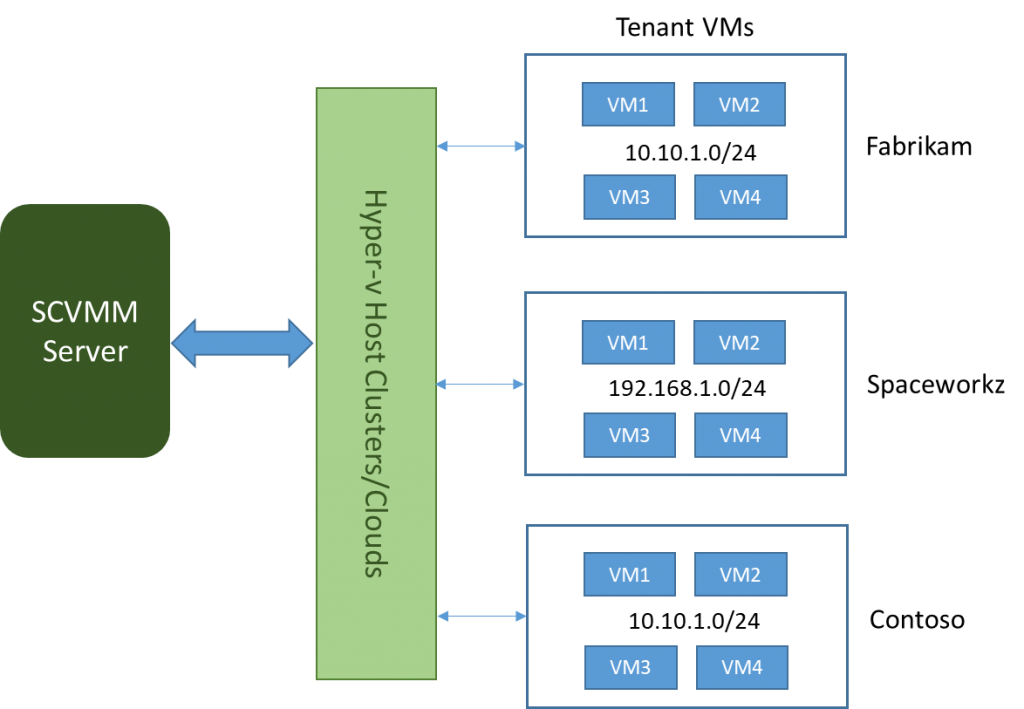

Network virtualization tools software#
Practically the software development, testing, and operations teams do not work in synch, and each team has to wait for others to have components ready. It also makes a lot of resources available for sharing and utilizing, while maintaining the capacity to expand them when needed.ĭata Virtualization − This type of cloud computing virtualization technique is abstracting the technical details generally used in data management, including location, performance, or format, in favor of broader access and more resiliency that are directly related to business required.Īpplication Virtualization − Software virtualization in cloud computing abstracts the application layer, separating it from the operating framework.Service Virtualization is a method that helps you to emulate (virtual services) the behaviors of the component in a Service Oriented Architecture ( Microservice). This spares the user from continuously managing complex server resources. It simulates physical servers by transforming their identity, numbers, processors, and operating frameworks. Server Virtualization − This technique is the masking of server resources. Network Virtualization − Network virtualization is a technique of combining the available resources in a network by splitting up the available bandwidth into different channels, each being separate and distinguished.

The types of network virtualization are as follows − This is a valuable device as enterprises transform their IT resources to the cloud and shift their model to an ‘as a service’. Rapid scalability − Network virtualization generated an ability to scale the network rapidly either up or down to handle and make new networks on-demand. This also enables for optimization of application support and resource utilization. Also, computer resources and applications can connect with virtual network resources precisely. Lower hardware costs − With network virtualization, entire hardware costs are reduced, while providing a bandwidth that is more efficient.ĭynamic network control − Network virtualization provides centralized control over network resources, and allows for dynamic provisions and reconfiguration.

The advantages of network virtualization are as follows − You can run several guestĭevices on your host device and each one will identify the others as an independentĬomputer.

The processes performed by the guest deviceĪre separated from the basic processes of your host device. The virtual computer, or guest device, is a fully functional computer that can manage the Virtualization can be defined as making a computer that runs within another computer. Which can be used independently of the physical elements. All network servers and services are considered as one pool of resources, It automates many network management functions, which disguise a network's trueĬomplexity. Optimization of data transfer rates, flexibility, scalability, reliability, and security. Network virtualization is created to enable network Network virtualization can include storage virtualization, which contains managing all Network virtualization represents the administration and monitoring of an entireĬomputer network as a single administrative entity from a single software-based


 0 kommentar(er)
0 kommentar(er)
